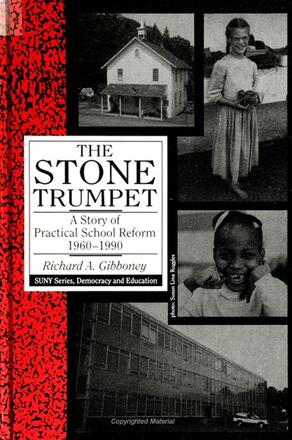
The Stone Trumpet
A Story of Practical School Reform, 1960-1990
Alternative formats available from:
Richard A. Gibboney is Associate Professor of Education in the Graduate School of Education at the University of Pennsylvania and holds the Lindback Award for distinguished teaching. He is a former public school teacher, Vermont Commissioner of Education, and Pennsylvania Deputy Secretary of Education.
Reviews
"In the last ten years there has been much research on how to implement reforms; too little consideration has been given to what reforms are worth doing in the first place. Gibboney provides a useful Deweyan-progressive framework for assessing the educational value of reforms. The Stone Trumpet gives us insightful critiques of a wide variety of reforms from the new mathematics and science programs of the 1960s to competency-based education, Individually Guided Education and Theodore Sizer's Coalition of Essential Schools. Gibboney's chapter on a range of what he calls 'technological reforms' is especially telling for those policy makers who believe that there are easy, mechanical solutions to better learning and teaching. The Stone Trumpet is a practical book for thoughtful folk who do, think, or write about reform." — William A. Firestone, Rutgers University
"This is a lively and remarkable little history of American school reform of the last third century. I find here a searching, irreverent, and above all, no holds-barred inventory of a host of major reform efforts. Here is an inventive critique, replete with rich description coupled with thoughtful analysis not only of school reform efforts but of the very concept of school reform itself." — Roland S. Barth, Harvard University
"Gibboney's rich case-study detail and coherent theoretical perspective make this book excellent supplementary reading in courses on planned change, organizational influences on reform, and policy studies." — Bruce S. Cooper, Fordham University